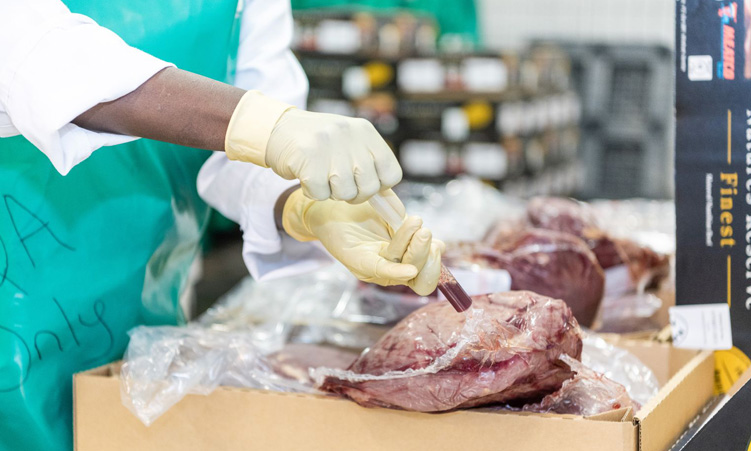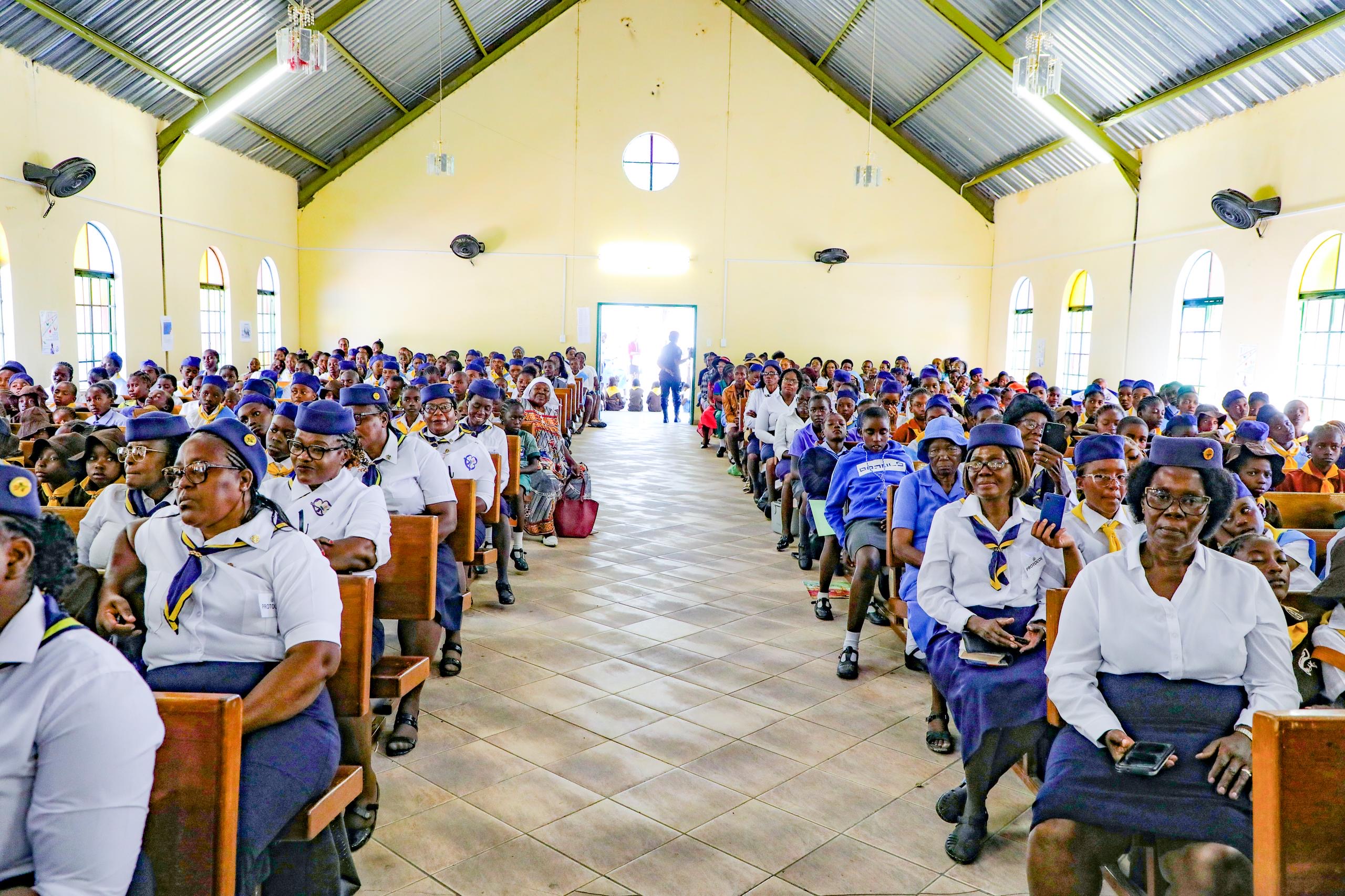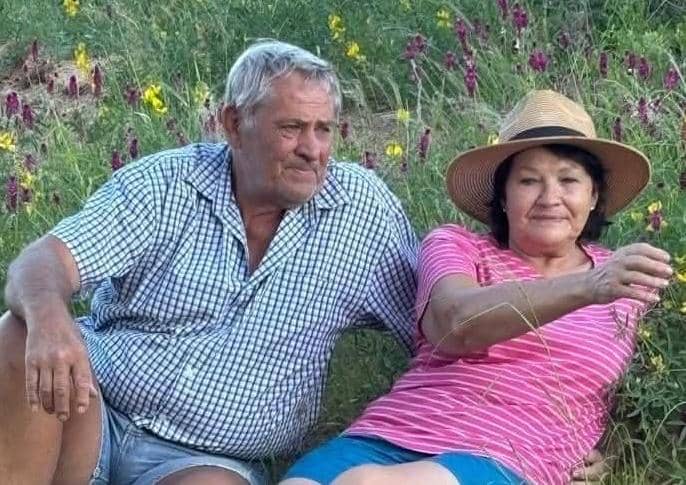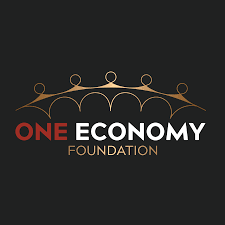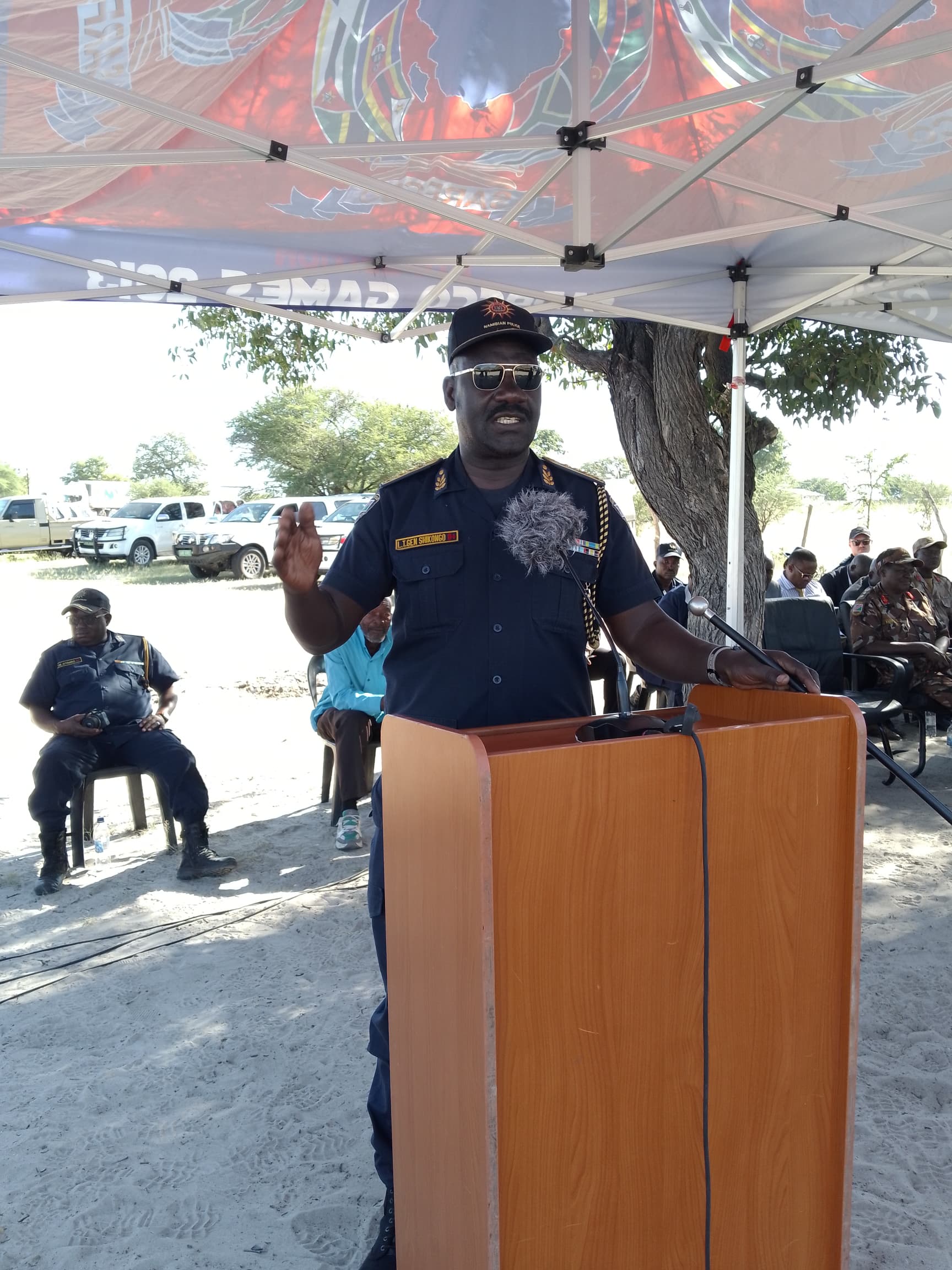Windhoek residents are paying more for beef stew per kilogram than those in other regions of the country.
According to the Consumer Price Index data released by the Namibia Statistics Agency (NSA) yesterday, stewing beef cost N$4,37 more in Windhoek in July.
“Consumers in Zone 2 paid the highest price for beef stew per kg at N$92,59, followed by Zone 3 consumers at N$89,53, while consumers in Zone 1 paid the lowest price of N$88,22,” said statistician general Alex Shimuafeni.
Zone 1 compromises the Kavango East, Kavango West, Kunene, Ohangwena, Omusati, Oshana, Oshikoto, Otjozondjupa and Zambezi regions.
Zone 2 is the Khomas region, while Zone 3 is made up of //Kharas, Erongo, Hardap and the Omaheke.
According to the NSA, people in Zone 3 paid the highest price for Rooibos tea (100 grams) at N$34,66.
This is followed by Windhoek at N$33,23, while Zone 3 regions paid the lowest price of N$32,03.
In June, people in Windhoek were paying more for oil compared to other regions.
Zone 3 paid N$30,26, Zone 1 paid N$29,13 and residents in Windhoek paid N$31,32.
The overall price of goods and services also increased in July, according to the NSA’s data.
Inflation is the rise in prices of goods and services, and Shimuafeni said Windhoek recorded the highest inflation for the month of July.
“Inflation in Khomas in July was 5%, followed by Zone 1 at 4,6% and lastly 3,6% in Zone 3,” said Shimuafeni.
The country’s inflation stood at 4,6%, while core inflation stood at 3,9%.
Core inflation does not put into account goods and services that are volatile.
“These volatile elements typically include food and energy prices, which tend to experience significant price swings due to factors such as weather conditions, geopolitical events or changes in supply and demand,” said Shimuafeni.
Stay informed with The Namibian – your source for credible journalism. Get in-depth reporting and opinions for
only N$85 a month. Invest in journalism, invest in democracy –
Subscribe Now!




